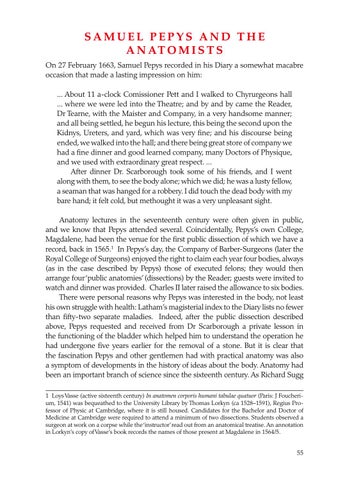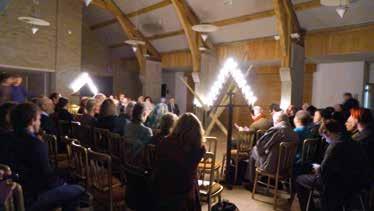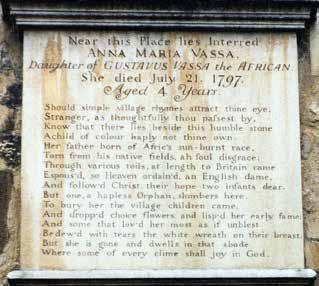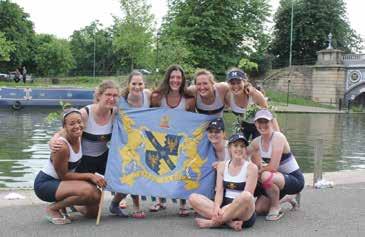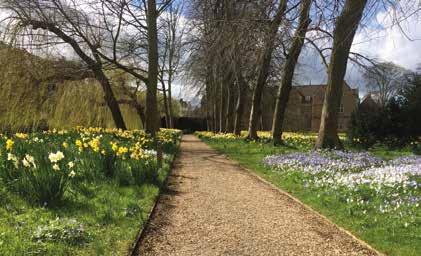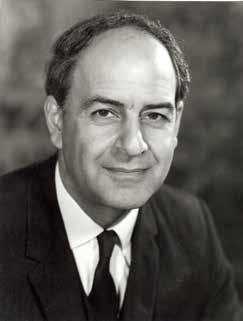SAMUEL PEPYS AND THE A N AT O M I S T S On 27 February 1663, Samuel Pepys recorded in his Diary a somewhat macabre occasion that made a lasting impression on him: ... About 11 a-clock Comissioner Pett and I walked to Chyrurgeons hall ... where we were led into the Theatre; and by and by came the Reader, Dr Tearne, with the Maister and Company, in a very handsome manner; and all being settled, he begun his lecture, this being the second upon the Kidnys, Ureters, and yard, which was very fine; and his discourse being ended, we walked into the hall; and there being great store of company we had a fine dinner and good learned company, many Doctors of Physique, and we used with extraordinary great respect. ... After dinner Dr. Scarborough took some of his friends, and I went along with them, to see the body alone; which we did; he was a lusty fellow, a seaman that was hanged for a robbery. I did touch the dead body with my bare hand; it felt cold, but methought it was a very unpleasant sight. Anatomy lectures in the seventeenth century were often given in public, and we know that Pepys attended several. Coincidentally, Pepys’s own College, Magdalene, had been the venue for the first public dissection of which we have a record, back in 1565.1 In Pepys’s day, the Company of Barber-Surgeons (later the Royal College of Surgeons) enjoyed the right to claim each year four bodies, always (as in the case described by Pepys) those of executed felons; they would then arrange four ‘public anatomies’ (dissections) by the Reader; guests were invited to watch and dinner was provided. Charles II later raised the allowance to six bodies. There were personal reasons why Pepys was interested in the body, not least his own struggle with health: Latham’s magisterial index to the Diary lists no fewer than fifty-two separate maladies. Indeed, after the public dissection described above, Pepys requested and received from Dr Scarborough a private lesson in the functioning of the bladder which helped him to understand the operation he had undergone five years earlier for the removal of a stone. But it is clear that the fascination Pepys and other gentlemen had with practical anatomy was also a symptom of developments in the history of ideas about the body. Anatomy had been an important branch of science since the sixteenth century. As Richard Sugg 1 Loys Vasse (active sixteenth century) In anatomen corporis humani tabulae quatuor (Paris: J Foucherium, 1541) was bequeathed to the University Library by Thomas Lorkyn (ca 1528–1591), Regius Professor of Physic at Cambridge, where it is still housed. Candidates for the Bachelor and Doctor of Medicine at Cambridge were required to attend a minimum of two dissections. Students observed a surgeon at work on a corpse while the ‘instructor’ read out from an anatomical treatise. An annotation in Lorkyn’s copy of Vasse’s book records the names of those present at Magdalene in 1564/5.
55
